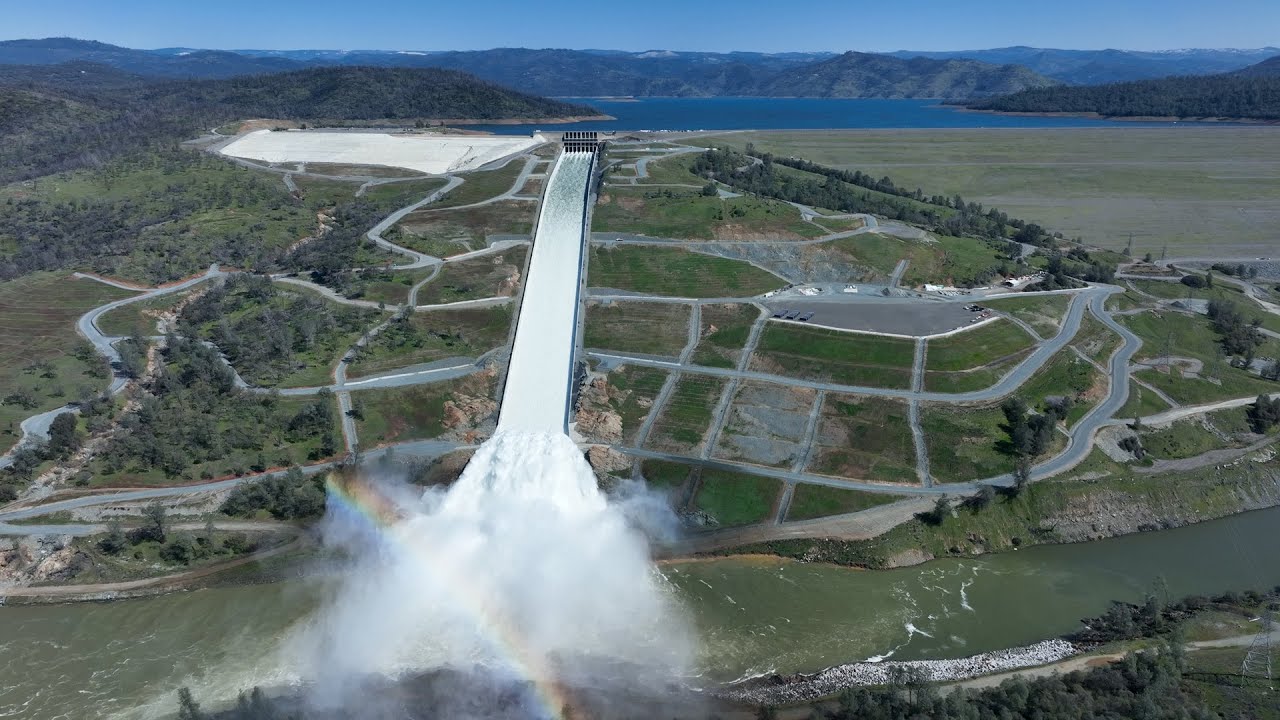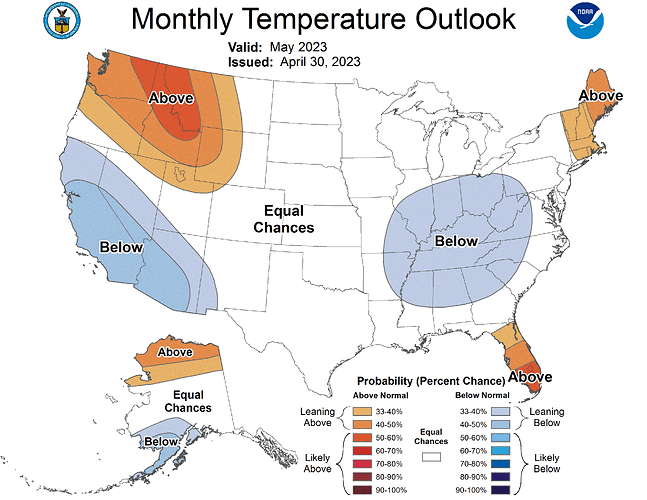This winter’s “Pineapple Express” (a warm “river in the sky” bringing a huge amount of rain and snow to California) will have Macroeconomic impact.
Tulare Lake Was Drained Off the Map. Nature Would Like a Word.
A barrage of storms has resurrected what was once the largest body of fresh water west of the Mississippi River, setting the stage for a disaster this spring.
By Soumya Karlamangla and Shawn Hubler, The New York Times, April 2, 2023
CORCORAN, Calif. — It is no secret to locals that the heart of California’s Central Valley was once the largest body of fresh water west of the Mississippi River, dammed and drained into an empire of farms by the mid-20th century. The lake bed is essentially a 790-square-mile bathtub — the size of four Lake Tahoes — that dates back to the Ice Age.
Still, even longtime residents have been staggered this year by the brute swiftness with which Tulare Lake has resurfaced: In less than three weeks, a parched expanse of 30 square miles has been transformed by furious storms into a vast and rising sea.
The lake’s rebirth has become a slow-motion disaster for farmers and residents in Kings County, home to 152,000 residents and a $2 billion agricultural industry that sends cotton, tomatoes, safflower, pistachios, milk and more around the planet. The wider and deeper Tulare Lake gets, the greater the risk that entire harvests will be lost, homes will be submerged and businesses will go under… a local poultry facility surrounded by water was weighing whether to move or slaughter a million chickens…
And the resurrected Tulare Lake (pronounced too-LAIR-ee), already more vast than all but one of California’s reservoirs, could remain for two years or longer, causing billions of dollars in economic damage and displacing thousands of farmworkers while transforming the area into the giant natural habitat it had been before it was conquered by farmers. … Veterans of past floods say that, even with all the fortifications in place, the lake could spread to 200 square miles or more…
The region is so crucial to the world’s supply of high-end crops such as nuts, tomatoes and Pima cotton that sustained substantial flooding could lead to higher prices for consumers… [end quote]
The Macroeconomic impact will be food price inflation. As inflation is pressured higher, the Federal Reserve will be impelled to tighten monetary conditions.
Wendy




